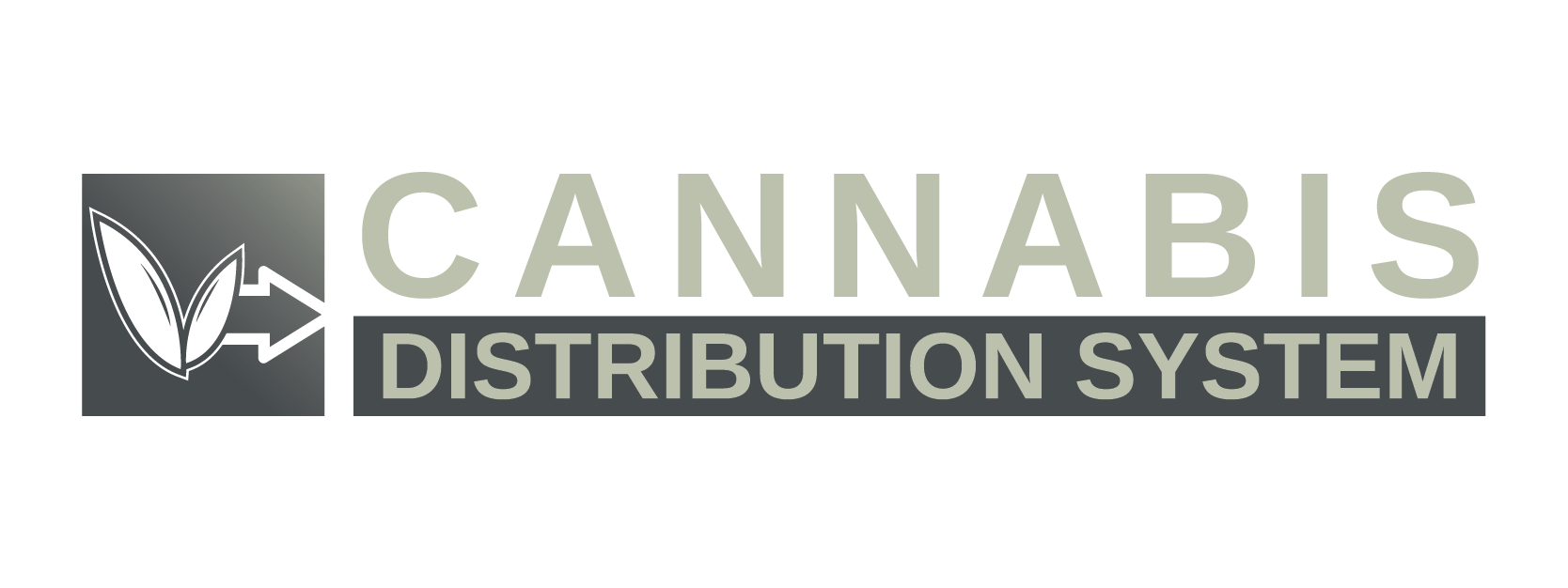Essential Hardware for Cannabis Distribution Efficiency
Efficient cannabis distribution doesn’t happen by accident—it’s engineered with the right blend of logistics, compliance, and technology. While software platforms help manage inventory, orders, and compliance reports, the hardware behind the scenes is what brings it all to life. From scanning and printing to storage and environmental monitoring, cannabis distributors rely on a network of specialized hardware to move products safely and legally through the supply chain.
Here’s a closer look at the key hardware components that power today’s most effective cannabis distribution systems.
1. Barcode Scanners & RFID Equipment
In the cannabis space, traceability isn’t optional—it’s the law. That’s why barcode scanners and RFID (Radio Frequency Identification) readers are foundational tools for tracking inventory. These devices help warehouse teams log product movements with speed and precision, ensuring every item is accounted for at each stage.
Mobile handheld scanners are ideal for flexible warehouse operations, while fixed RFID systems support batch scanning for large volumes. Distributors operating in states with METRC or BioTrack compliance systems often require RFID capabilities to maintain real-time data synchronization.
2. Industrial Label Printers
Compliance labels must be affixed to every cannabis product before it leaves the distribution center. These labels include batch numbers, license info, THC/CBD content, warnings, and more. Thermal transfer label printers are favored for their durability, producing crisp, smudge-resistant prints that hold up during storage and transportation.
High-capacity label printers integrated with inventory or POS software make it easy to print on demand during order fulfillment or intake, reducing labeling errors and improving regulatory compliance.
3. Smart Storage and Lockers
Security is paramount in cannabis logistics. To protect valuable inventory and control access, many distributors invest in smart storage systems—automated lockers, RFID-secured cages, or biometric access cabinets.
Smart lockers are increasingly used to stage outgoing deliveries or hold inbound shipments for processing. These units provide traceable access logs, remote locking capabilities, and integration with scheduling systems to ensure secure handoffs between personnel or delivery drivers.
4. Climate Monitoring and Control Devices
Environmental conditions can affect the quality and safety of cannabis products. To meet regulatory standards and maintain product integrity, distributors use temperature and humidity sensors in both storage and transport environments.
These IoT-enabled devices send alerts if storage temperatures fluctuate outside allowable ranges, and many connect to HVAC systems for automatic adjustments. This is especially crucial for heat-sensitive products like concentrates, gummies, or infused beverages.
5. Network Infrastructure and Data Systems
All of this hardware needs a solid digital foundation. Reliable network infrastructure—including routers, modems, switches, and on-site servers—is essential for data capture, remote monitoring, and secure regulatory reporting.
Some operations opt for hybrid setups, combining cloud-based inventory software with on-premise servers for backups and compliance audits. A strong network also supports the integration of cameras, smart sensors, and real-time dashboards used by warehouse managers.
Final Thoughts
A streamlined cannabis distribution system runs on more than just software—it depends on reliable, specialized hardware that supports traceability, compliance, and product safety. By investing in the right tools, cannabis distributors can build operations that scale with confidence, adapt to regulation, and protect both their products and their bottom line.

